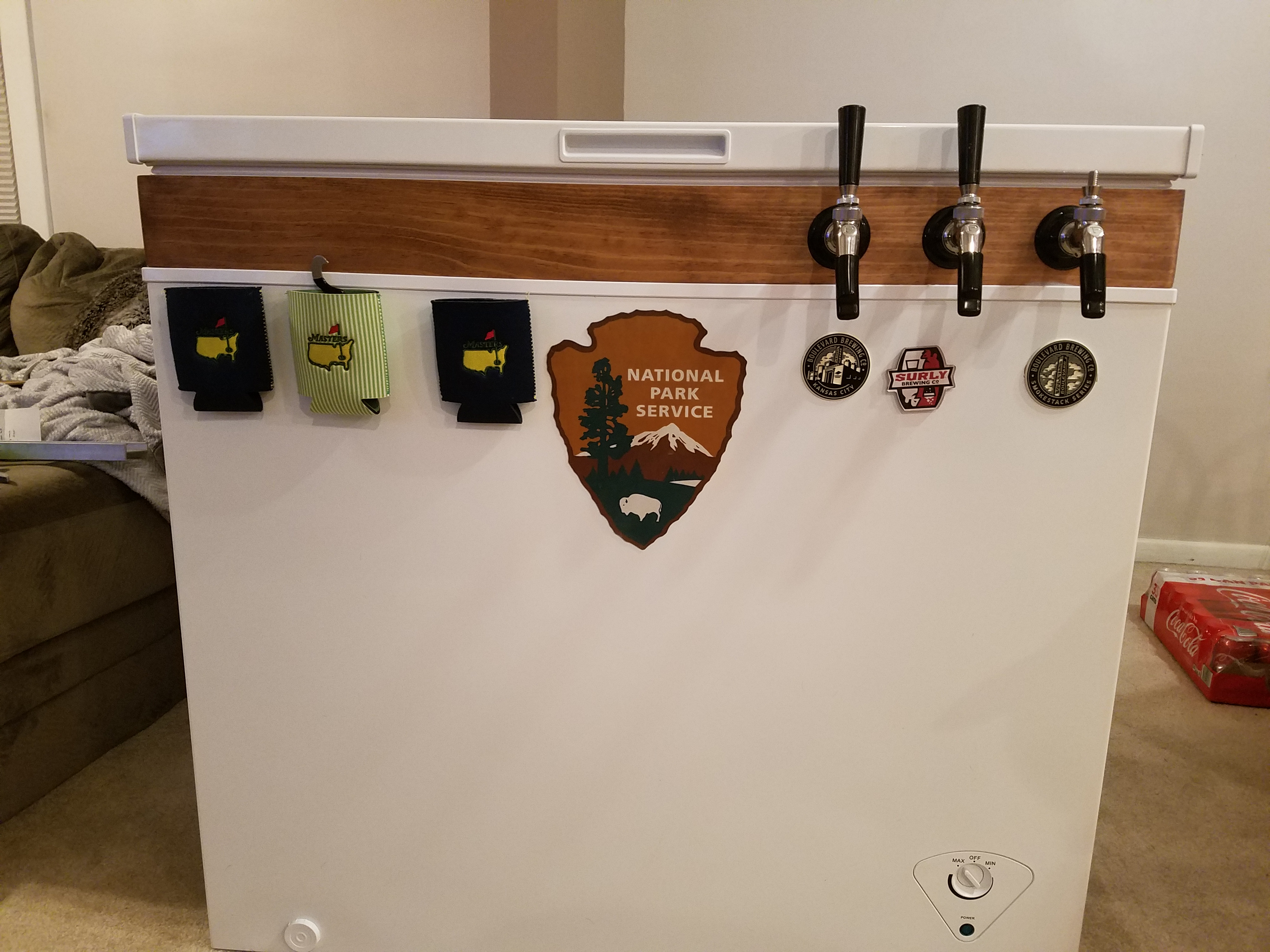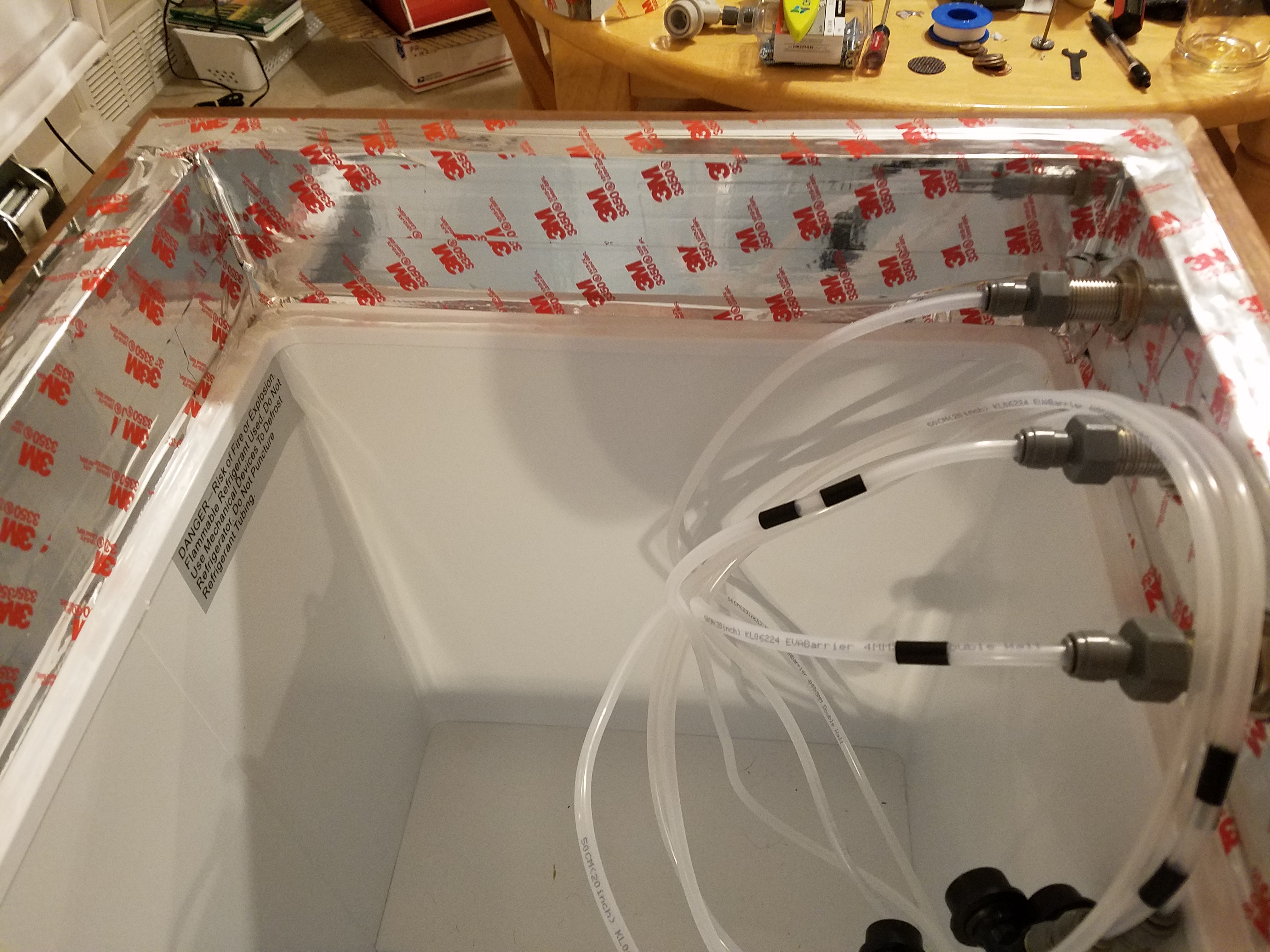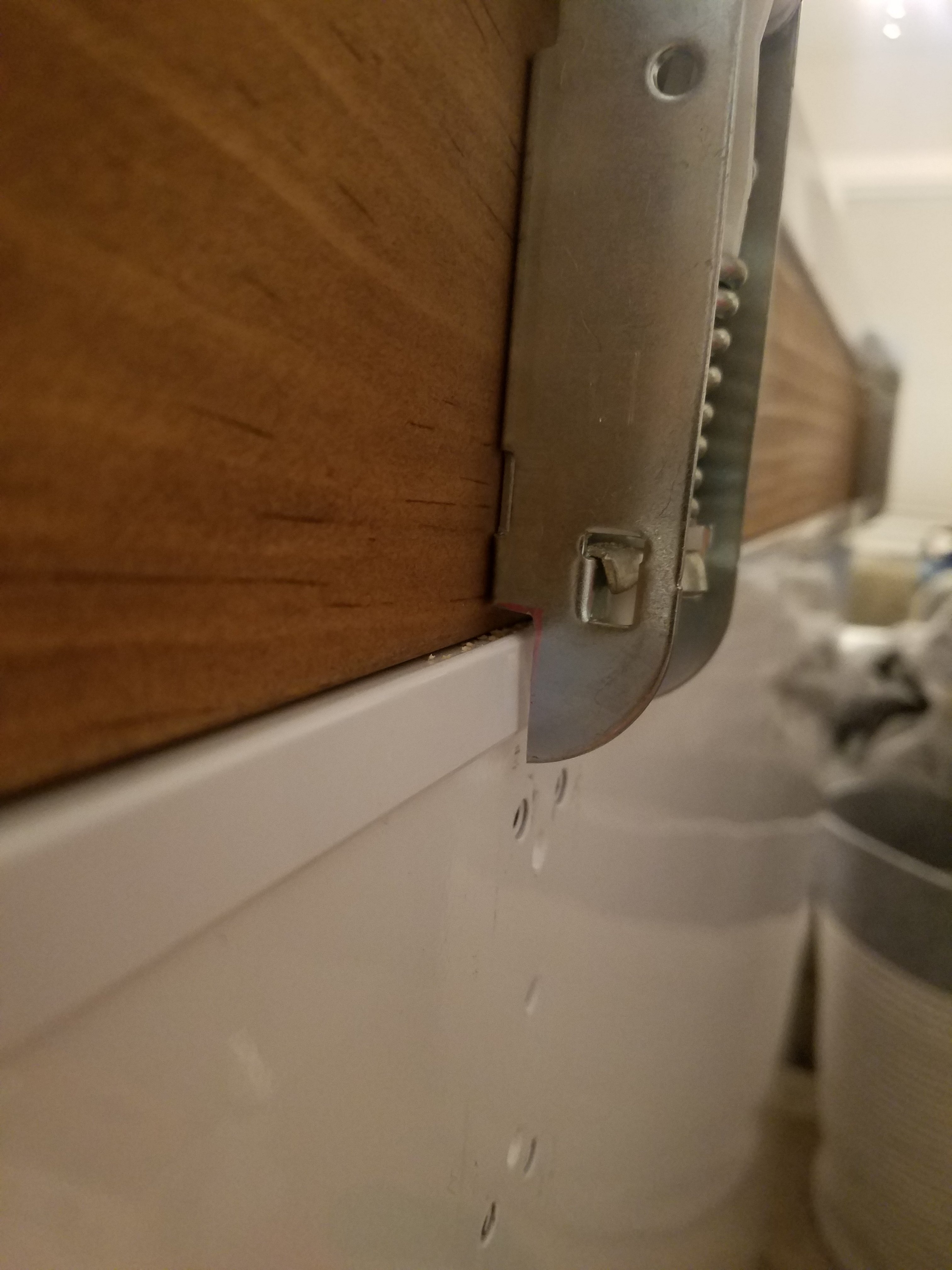The gf and I are planning out our keezer project. We’ve purchased and are waiting to receive our freezer (8.8 cu ft Frigidaire) and kegs, and are now starting to think about what wood to use for the collar. I know this is an issue that’s been addressed in various other threads, but it’d be helpful to get some updated information and case-specific tips
Before getting started, I should stipulate that neither of us has any woodworking experience, so we are learning as we go. For this reason, we are trying to keep things as simple as possible, so no multilayer collars. (The gf has also added the request that the collar not be any thicker than the frame of the freezer for aesthetic reasons.) On top of that, we are trying to avoid woods on the more expensive side of the spectrum in case we screw the construction up and have to start over.
With that said, these are the questions I have right now. I’m sure more will come up as replies come in.
Before getting started, I should stipulate that neither of us has any woodworking experience, so we are learning as we go. For this reason, we are trying to keep things as simple as possible, so no multilayer collars. (The gf has also added the request that the collar not be any thicker than the frame of the freezer for aesthetic reasons.) On top of that, we are trying to avoid woods on the more expensive side of the spectrum in case we screw the construction up and have to start over.
With that said, these are the questions I have right now. I’m sure more will come up as replies come in.
- Are there any types of wood generally (i.e., hardwood vs softwood) or specific species that are particularly well or poorly suited to being made into a collar? I’m thinking here not of aesthetics or price but of more thermodynamic and durability issues.
- What is the received wisdom on adding insulation to the interior of the collar? Is it necessary? Are there particularly good ways to do this without overly complicating the build?
- Given our desire to keep the project simple and avoid super large losses in case we have to throw out the wood and start over, what wood would you recommend?








